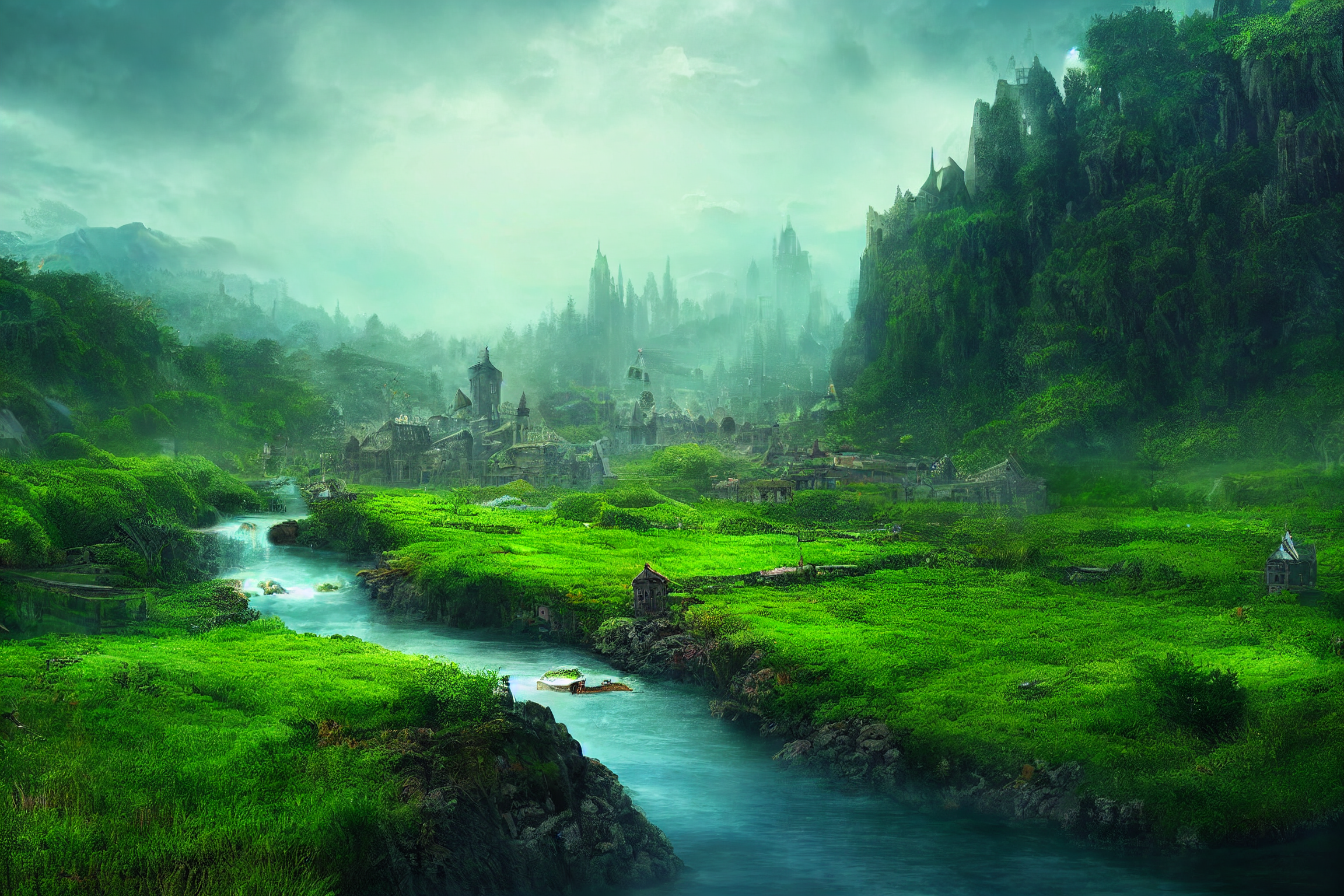Lycanthropy
Lycanthropy (pronounced: /laɪˈkænθrəpi/ ly-KÆN-thruh-pee) was a condition, disease or curse that caused humanoids and giants to change form, usually into hybrid humanoid-animal states.
A lycanthrope (pronounced: /ˈlaɪkənθroʊp/ LY-kən-throhp or: /ˈlaɪkænθroʊp/ LY-kæn-throhp), also known as a werebeast, weretype, or nightwalker, was an individual who possessed the condition of lycanthropy.
Description
Lycanthropes were shapechangers with at least two forms, that of a humanoid and that of a particular kind of animal. In humanoid form, they appeared no different than a typical specimen of that type and their natural life expectancy was the same. Lycanthropes could disguise themselves somewhat through their shape-shifting abilities, either taking on a form almost identical to a humanoid but with subtle details revealing their true nature such as pointed teeth or long fingernails. Similarly, lycanthropes could assume an animal form, which would be a perfect disguise except for the unusual spark of intelligence in their eyes that sometimes gave them away. Some lycanthropes could also take on an intermediate "hybrid form", superficially resembling their humanoid form but with the head of the specific animal whose shape they could also take.Classification
There were several different categorizations of lycanthropes in the Realms, and many related beings. Therianthropes Often called lycanthropes, these were humans or giants that could transform into an animal or a monster. Therianthrope type names often had the prefix, 'were', such as:- Werebears were lycanthropic shapeshifters able to transform into a bipedal bear form. Their animal instincts guided them to protect the splendors of nature, while their humanoid minds told them to help travelers and provide aid to the weak.
- A werebadger was a lycanthrope that could transform into a humanoid–badger hybrid or a giant badger. Werebadgers most often infected dwarves with lycanthropy, as other humanoids had a lesser chance of becoming werebadgers.
- Werebats were evil lycanthropes that required blood in order to survive. Most werebats came from goblin or drow stock.
- A wereboar was a type of lycanthrope that could take the form of a boar or a boar-like hybrid. They were one of the more common breeds of lycanthrope in Faerûn.
- Werecrocodiles were lycanthropes whose animal form was that of a crocodile. Werecrocodiles might also assume a hybrid form with the head of a crocodile and the body of a muscular human. They were powerful hunters and were feared throughout many lands.
- A werefox was a type of lycanthrope that could take the form of a fox or fox-like hybrid. They were always female, so they were often referred to as foxwomen.
- A werejackal was a lycanthrope that could assume the form of a both a humanoid and a jackal. They were the opposite of the common antherions, jackalweres.
- A weremole was a type of lycanthrope that could take the form of a monstrous giant mole. This strain of lycanthropy was thought to only affect gnomes and it was caused by the bloodthirsty gnomish deity Urdlen, the Crawler Below, and weremoles were its savage servants.
- Wererats (alternately known as ratmen) were lycanthropes common in urban areas. Wererats could transform into giant rats or a human/rat hybrid form.
- A wereraven was a lycanthrope that could transform into a giant raven or a raven-humanoid hybrid.
- Weretigers were lycanthropes with a tiger animal form.
Related creatures
These beings had similar qualities, but were not technically lycanthropes:- Antherions: Shapechanging creatures, but transformed into humanoids from their original animal state, instead of the other way around. Antherion type names often had the suffix, were. They hated lycanthropes, as lycanthropes hated them. e.g., jackalwere
Others
Other races that had similar qualities to werebeasts, or resulted from the inter-breeding of lycanthropes with humans. e.g., shifterSociety
Some lycanthropes were in control of their ability to transform and others were not. Most lycanthropes had some empathy with animals with which they shared their forms. Most lycanthropes were humans or elves, but orc and goblin lycanthropes also existed. Most natural lycanthropes viewed their condition as a gift, whereas afflicted lycanthropes were more likely to be horrified by it and attempt a cure, using belladonna or magical means. However, all lycanthropes were usually secretive about their condition because of the social stigma attached to it and many ended up as lonely adventurers.History
Some said that thousands of years ago, the god Malar used barbaric human tribes to create the original lycanthropes, providing them with qualities of the predatory animals they admired. Others said it was a blessing from Selûne to a group of young human orphans to help them survive in the dangerous wilds. Either way, these ancient bloodlines were passed down through generations. A natural line of elven werewolves known as lythari dated back to the first elven explorations of Faerun, and the good members of their kind lived among the moon elf and wood elf communities for thousands of years.Groups of Lycanthropes
- The Akri: a tribe of werecats who lived in the Anauroch desert.
- The Gray Wolf Tribe: a tribe of Uthgardt barbarians who were all werewolves.
- The Blood Screamers: weremole gnome bandits of southwest Faerûn and followers of Urdlen.










Comments